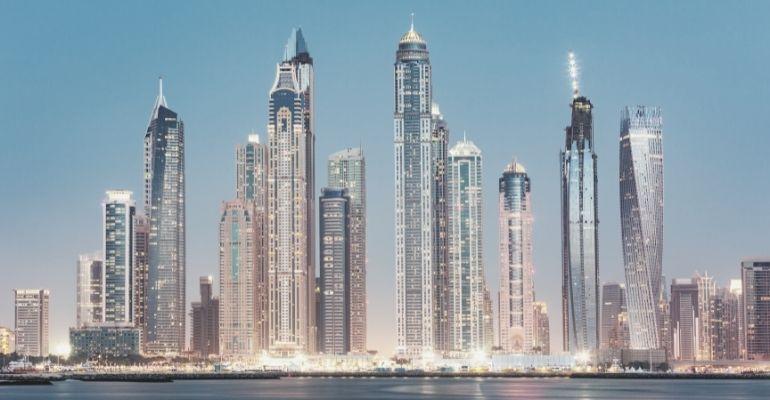Over the course of the past year, luxury residential markets worldwide surged to new heights as UHNWIs increasingly opted to secure their wealth in real estate assets. Following a period of inactivity during the height of the global pandemic in 2020, last year saw a lively rebound in real estate transactions, driven by the luxury sector in key markets across the globe.
Knight Frank’s Prime International Residential Index (PIRI 100), which analyses prime price performance across 100 residential markets worldwide, increased by a record-breaking 6.4 percent in 2021. This is the highest annual increase since the index began in 2008.
All in all, posing an average growth of just shy of 13 percent, the Americas were the world’s top performing region, with locations including San Diego, Miami and The Hamptons recording the largest increases.
A likely driver of this demand in the US market can be ascribed to the growth in amassed household wealth during the pandemic, which according to Oxford Economics, amounted to an eye-watering USD 28 trillion.
In a time of market turbulence and uncertainty, it seems that investors considered their wealth as most secure in tangible, real world assets, or contained within four luxury walls.
A RECORD RECOVERY FOR DUBAI
Only seven percent of the luxury residential markets analysed in the Index fell in value last year, compared to an overwhelming 35 percent of locations which seen increases greater than ten percent.
The largest increase in value of all, the eyes, and wallets, of the world’s wealthy seemed to be on Dubai, with luxury home prices rising a staggering 44 percent last year, the Index showed. The fastest price rise on record, prime residential prices in Dubai soared in 2021, placing Dubai atop the rankings of the 100 international cities included in the PIRI 100.
A 360 on the emirate’s previous seven years of negative growth, the gains were driven by relentless demand from rich buyers and supported by the authorities’ decisive handling of the global pandemic, which worked to attract investor attention, Faisal Durrani, Head of Middle East Research at Knight Frank said.
A true product of the pandemic, secondary drivers of demand in this sector likely include the rise in flexible working and ‘work from anywhere’ policies which flurried a reassessment of housing needs and lifestyles and notable race for space in many locations worldwide.
HOW DID THE REST OF THE WORLD FARE?
Recording an impressive prime price increase of 42.4 percent, Moscow closely followed Dubai to take the runner-up spot in the ranking.
When compared to the third and fourth spot locations, namely San Diego (up 28.3 percent) and Miami (up 28.2 percent), it is clear to see how significant the price hikes of the top two performers are.
In Russia, the recently introduced mortgage subsidy programme which slashed the effective rate for would-be new-build home buyers to 6.5 percent, is likely to have fuelled the luxury housing boom seen in the Moscow market.
Looking to other regional markets, EMEA, at 7.5% growth, lagged slightly behind Asia-Pacific, which recorded positive 7.5 percent with Seoul and Taipei topping the list. This growth in APAC, however, was largely spurred on by the Australasia region which grew by over 12 percent.
Moving into 2022, the question remains as to whether the luxury residential price boom seen across the globe will continue to balloon or burst its bubble.
KEEP UP WITH THE REAL ESTATE INDUSTRY
Subscribe to the Cityscape Intelligence newsletter here


